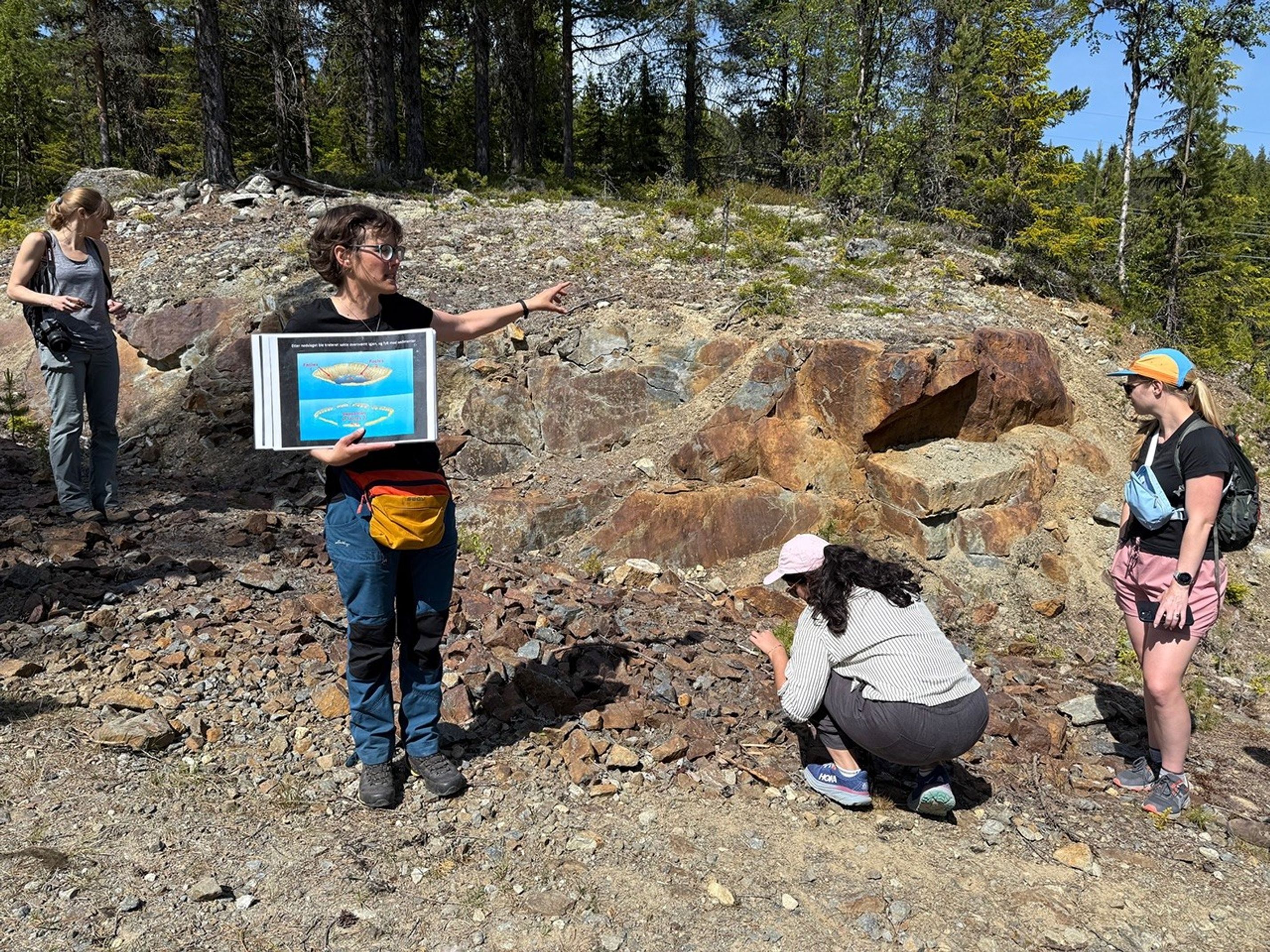Today is a holiday for some of us, but not the MSL tactical operations team! The 55-meter drive planned for Sol 1160 completed as planned, and another 41-meter drive is planned for Sol 1162.
Today is a holiday for some of us, but not the MSL tactical operations
team! The 55-meter drive planned for Sol 1160 completed as planned,
and another 41-meter drive is planned for Sol 1162. Before the next
drive, Mastcam and ChemCam will observe a small, sandy drift named
"Arris" and a bedrock target dubbed "Tsumeb." Mastcam will also
acquire two mosaics, one of nearby outcrops and one of more distant
rocks. The drive should place the rover between two of the Bagnold
Dunes, so the vehicle will turn to a heading that will maximize the
chances of acquiring good REMS measurements of wind speed and
direction. This observation is part of the dune study campaign that
has been developed over the past year, with an overall goal of better
understanding how winds on Mars form and modify dunes. Observations
of the dunes from orbit show that they are active, so many members of
the MSL science team are looking forward to detailed measurements of
the winds and their effects on the sand dunes and nearby terrain, as
winds are currently the most significant agent of erosion on Mars. On
Sol 1163, Mastcam will take pictures of the rover deck to allow
tracking of changes in the distribution of dust and sand on the top of
the vehicle, and image the sun to measure the amount of dust in the
atmosphere. Navcam will also observe the sky and search for dust
devils.
by Ken Herkenhoff
Dates of planned rover activities described in these reports are subject to change due to a variety of factors related to the Martian environment, communication relays and rover status.
Written by Ken Herkenhoff, Planetary Geologist at USGS Astrogeology Science Center
































